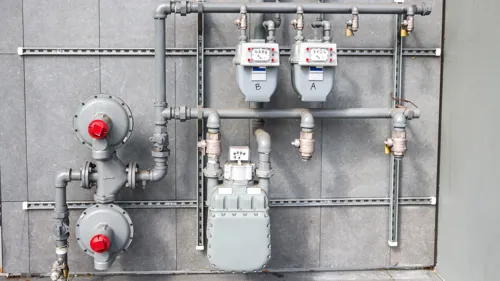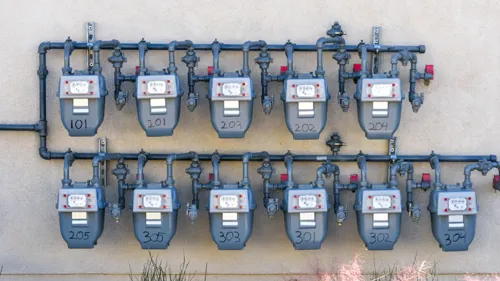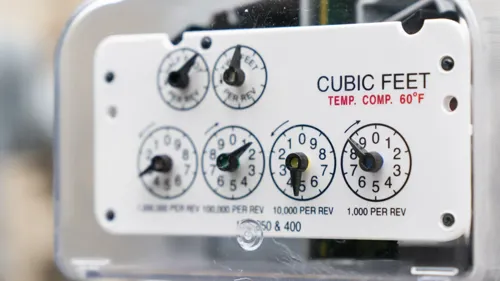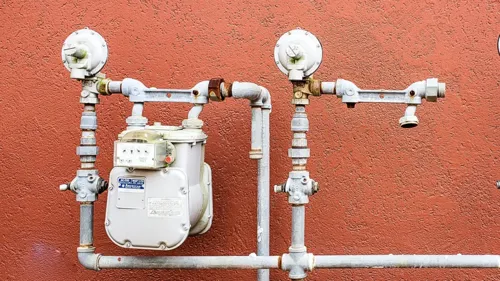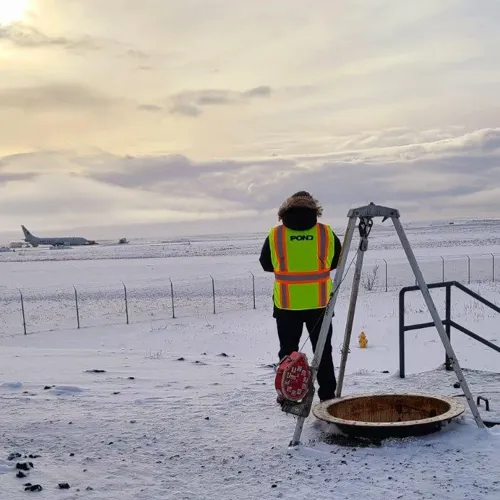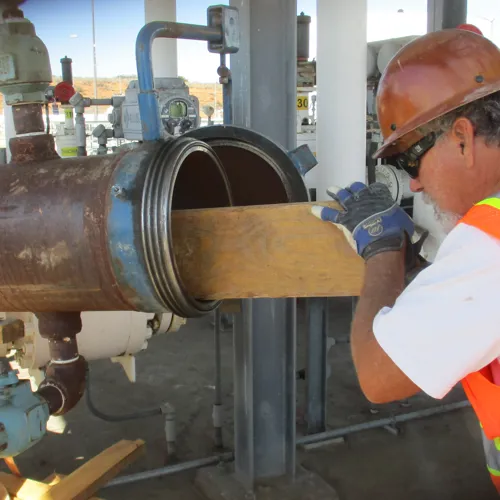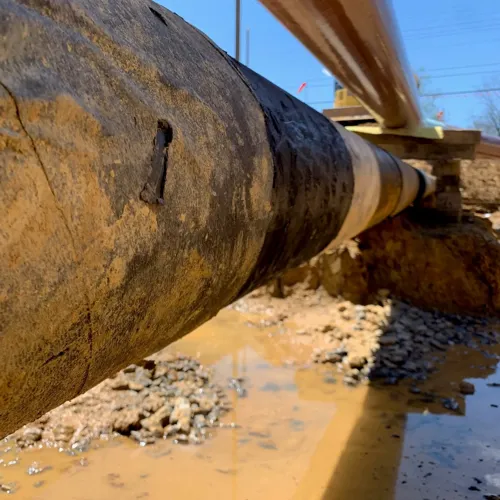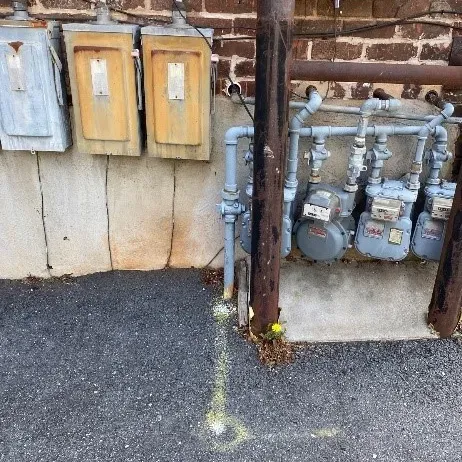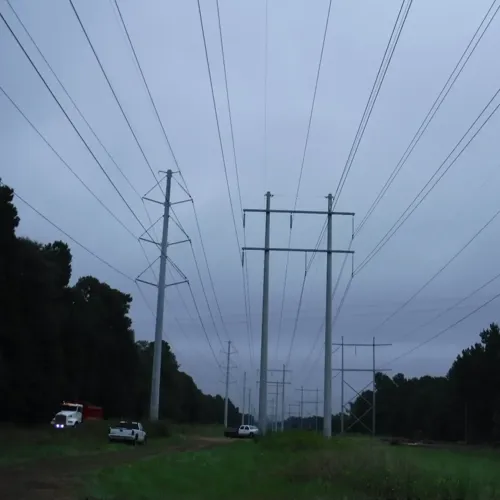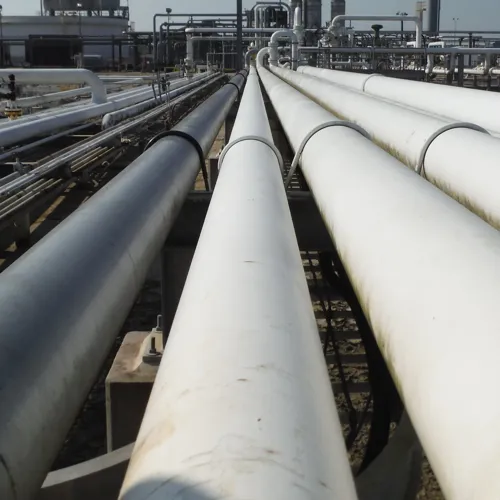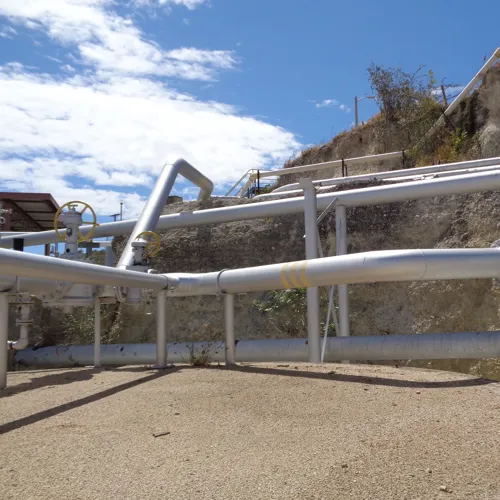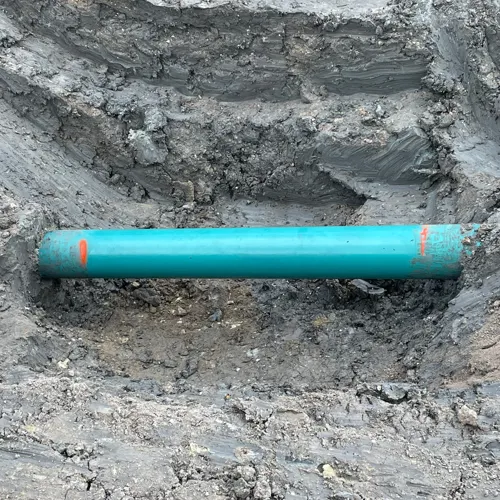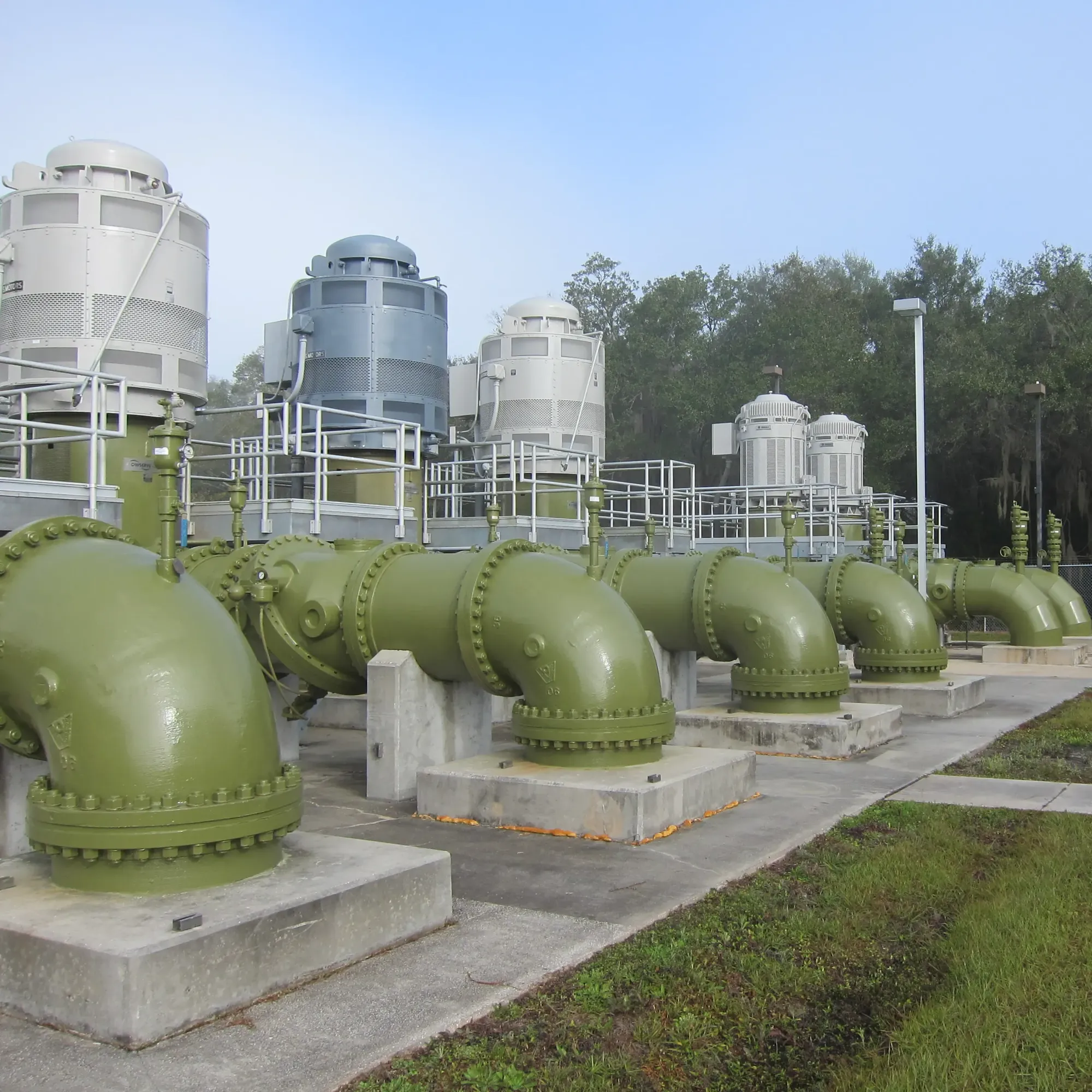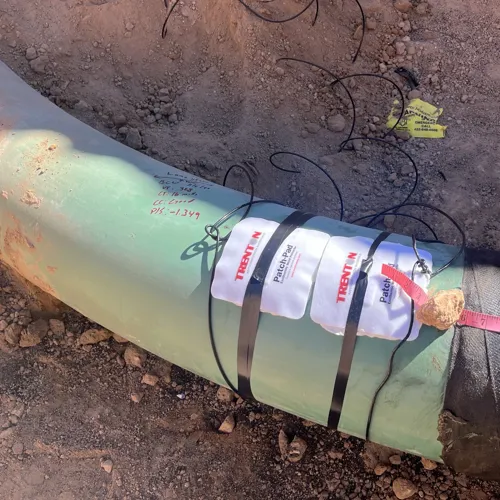Pond’s pipeline integrity engineers are highly trained to help identify and solve pipeline integrity issues and provide guidance for regulatory compliance. This is particularly helpful when undertaking inspections of pipelines or having to assess pipeline damage such as corrosion, pitting, cracking, dents, wrinkles, or geohazards. Pond has in-depth knowledge of the analysis and simulation of pipelines, using advanced structural analysis, and can undertake Fitness-For-Service (FFS) assessments. Pond’s subject matter experts (SME) specialize in PHMSA Mega Rule compliance, MAOP reconfirmation analysis, material verification, TVC record review, and pipeline integrity management plan updates. Pond’s SMEs are trusted throughout the oil and gas industry and help operators with cost-effective solutions to stay compliant with current regulations and codes.
Capabilities:
- PHMSA Mega Rule Compliance
- Recommendations for Pipeline Repair
- Material Verification
- API 570 Inspections
- NDE Methods (MT/UT/PAUT/RT/Guided Wave/Creaform Laser Scanner)
- Pipeline Integrity Consultancy
- Pipeline Integrity Management Plan (IMP)
- Fitness-For-Service (FFS)
- Engineering Criticality Assessment (ECA)
- Direct Assessments (ECDA, ICDA, SCCDA)
- Advanced Structural Analysis (FEA)
- Training and Workshops
